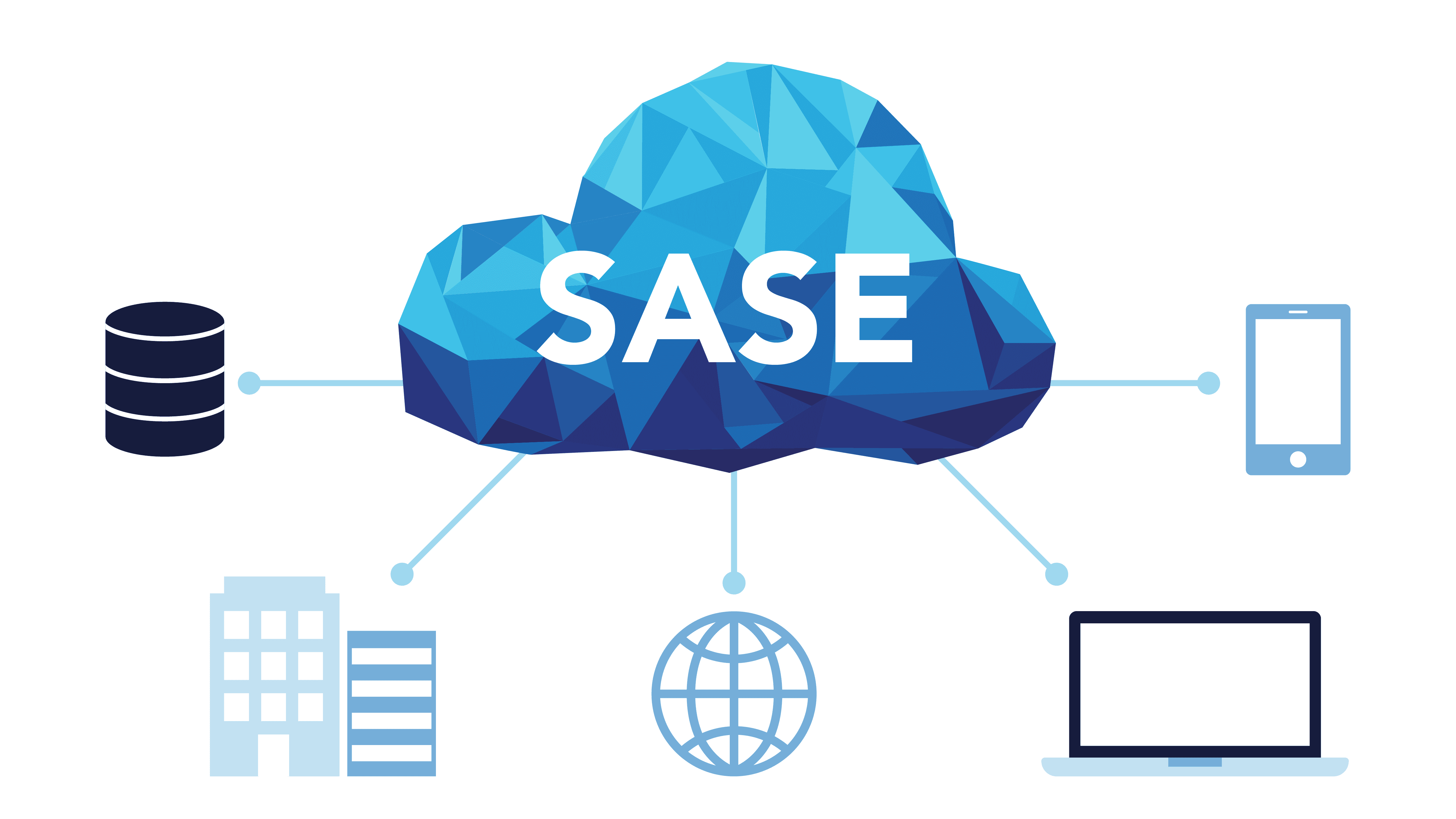The Role of Secure Access Service Edge (SASE) in Modern Network Security
Network security has become more complex and critical in today’s rapidly evolving digital landscape. A pivotal approach bringing significant advancements in this domain is Secure Access Service Edge (SASE). By integrating multiple security functions into a single framework, SASE offers a robust solution for modern enterprises adapting to cloud and remote work environments. For a comprehensive understanding of SASE, let’s delve into its role and significance in network security.
SASE transforms how organizations secure their networks, providing a unified framework combining network security services with wide-area network (WAN) capabilities. The adoption of cloud services and increased remote work have accelerated the need for architectures to support modern business operations while maintaining stringent security measures.
Introduction to SASE
Secure Access Service Edge (SASE) represents a paradigm shift in network security architecture. By converging networking and security services, SASE provides a comprehensive approach to secure any user or device regardless of location. This blend simplifies IT management and enhances overall security postures. Traditional security models typically rely on centralized data centers, which can cause latency and inefficiencies, especially for remote users and cloud services. SASE addresses these issues by bringing security closer to the user and ensuring fast, reliable, and secure access.
SASE integrates a wide range of security functions, including firewall-as-a-service (FWaaS), secure web gateways (SWG), and zero trust network access (ZTNA), into a unified cloud-based service. This integration reduces the complexity of managing multiple security solutions and ensures consistent security policies across all access points. By leveraging cloud infrastructure, SASE can dynamically scale to meet the demands of a growing mobile workforce without compromising security. The architecture’s flexibility supports seamless integration with existing IT environments, providing a smooth transition for organizations adopting SASE. Ultimately, SASE delivers a future-proof solution that addresses the evolving security challenges of today’s distributed and cloud-centric work environments.
Benefits of SASE
Enhanced Security and Performance
One of SASE’s primary advantages is its ability to enhance security while maintaining network performance. By operating closer to the user and reducing reliance on centralized data centers, SASE ensures faster and more secure connections. This proximity allows organizations to minimize latency and improve the user experience, making it ideal for cloud-based applications and remote workers. Furthermore, SASE’s distributed nature ensures that the same security policies are applied consistently across the network, enhancing the overall security posture.
SASE also integrates multiple security functions, such as secure web gateways, firewalls, and zero-trust network access, into a unified framework, simplifying security management. This consolidation reduces the complexity and cost of managing disparate security solutions, providing a more streamlined approach to protecting the network. Additionally, SASE’s scalability allows organizations to quickly adapt to changing demands, whether increasing remote workers or adopting new cloud services. SASE’s continuous monitoring and real-time threat detection capabilities further bolster network defenses, swiftly identifying and mitigating potential threats. Ultimately, SASE’s comprehensive approach ensures robust security without compromising network performance, making it a vital component of modern IT infrastructure.
Consolidation of Security Functions
SASE integrates multiple security services such as firewall, Secure Web Gateway (SWG), and Zero Trust Network Access (ZTNA) into a single cloud-native platform. This consolidation reduces complexity, lowers costs, and makes managing and enforcing security policies easier across the network. Organizations no longer need to juggle multiple security solutions from different vendors, which can lead to gaps in security coverage and higher administrative overhead. By providing a unified platform, SASE simplifies security management and provides a more cohesive and integrated security solution.
Impact on Remote and Cloud-Based Applications
With more businesses adopting remote work and cloud-based applications, SASE offers an agile solution that adapts to these environments seamlessly. The rise of remote work necessitates a secure and resilient network framework, making SASE an indispensable tool for modern organizations. By delivering security services through the cloud, SASE ensures that remote workers have the same level of protection as those in traditional office environments. This capability is crucial as organizations continue to support flexible work arrangements and leverage cloud services to drive business growth.
Implementing SASE in Your Network
Steps to Consider
For a successful SASE deployment, starting with a comprehensive assessment of your network infrastructure is crucial. Identifying the key areas where SASE can benefit most helps streamline the implementation process. Engaging with knowledgeable vendors and conducting thorough testing are also essential steps. Additionally, organizations should consider conducting pilot deployments to validate the effectiveness of the SASE solution in real-world scenarios. These pilots help identify potential issues and provide valuable insights for refining the deployment strategy.
Key Evaluation Factors
When evaluating SASE solutions, businesses should consider the range of security services, performance capabilities, and the provider’s reliability. Additionally, ensuring that the SASE solution can integrate smoothly with existing tools and technologies is vital for a seamless transition. Organizations should also consider the provider’s global presence and the availability of support services. By selecting a reputable and reliable SASE provider, businesses can ensure that their investment delivers the desired security and operational benefits.
Conclusion
Secure Access Service Edge (SASE) represents a vital advancement in modern network security, addressing the challenges of today’s digital landscape. SASE offers enhanced security, improved performance, and greater flexibility by consolidating multiple security functions into a single, cloud-native service. While challenges in adoption do exist, the potential benefits far outweigh the hurdles, positioning SASE as a cornerstone of future network security strategies. As organizations continue to embrace digital transformation, the role of SASE will become increasingly crucial in providing robust and adaptable security solutions.






